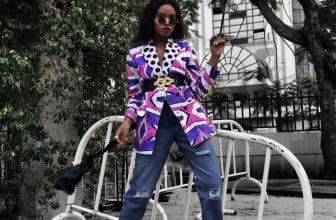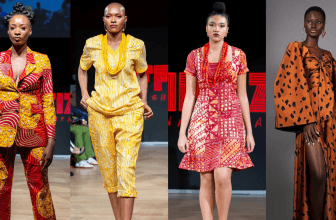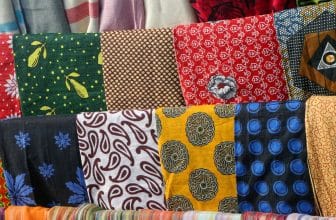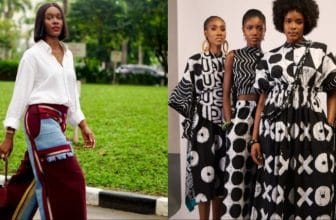The Science of Fabric Blends — Why Mixed Fibers Create the Best Textiles
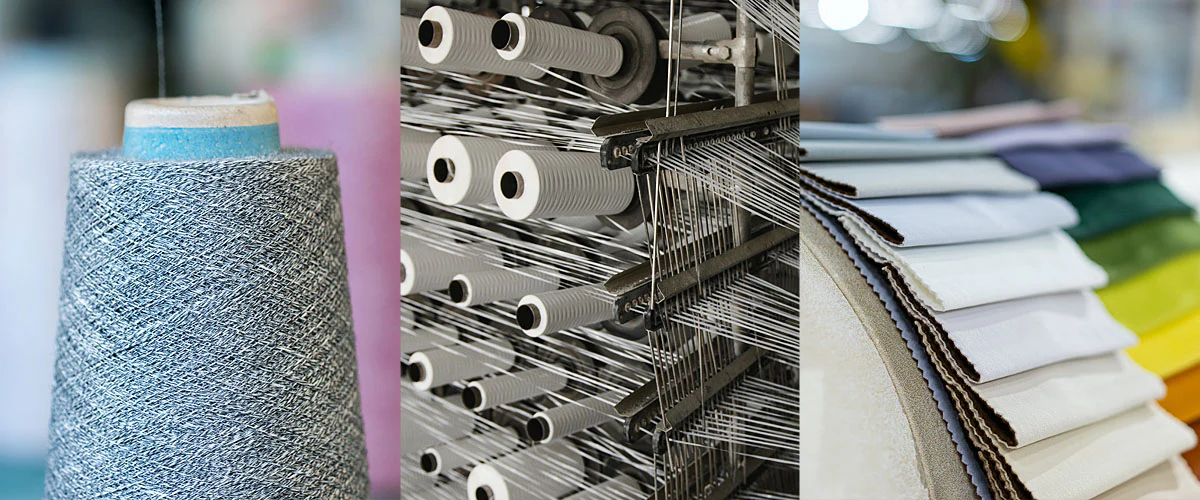
Introduction
Fashion has always been a mix of creativity and science.
And when it comes to fabrics, one of the smartest innovations ever made is the art of blending fibers.
Think of it like combining two great talents — each fiber brings its strength, and together they create something stronger, softer, and more versatile.
That’s the secret behind most of the clothes we wear today: they’re not made of pure cotton or polyester alone — they’re fabric blends, carefully engineered for performance and beauty.
Let’s explore the fascinating world of fabric composition and why blended textiles have become the heart of modern design.
What Are Fabric Blends?
A fabric blend is made by mixing two or more types of fibers — natural, synthetic, or both — before or during the spinning process.
The goal?
To combine the best qualities of each fiber while minimizing their weaknesses.
For example:
• Cotton is soft but wrinkles easily.
• Polyester is strong but can feel less breathable.
When blended, you get a fabric that’s soft, wrinkle-resistant, and durable.
That’s the magic of fabric composition — balance and performance in one.
Popular Types of Fabric Blends
Here are some of the most common and effective types of fabric blends used in today’s textile industry:
1. Cotton-Polyester Blend
Perhaps the most popular blend worldwide.
It combines the natural softness of cotton with the resilience and wrinkle resistance of polyester — perfect for shirts, dresses, and uniforms.
2. Wool-Nylon Blend
Wool gives warmth and breathability, while nylon adds strength and elasticity.
You’ll find this blend in winter coats, suits, and premium knitwear.
3. Silk-Cotton Blend
This luxurious blend balances silk’s luster with cotton’s structure.
The result? Lightweight, breathable elegance — ideal for upscale summer wear.
4. Linen-Viscose Blend
Linen provides a crisp texture and breathability; viscose adds drape and smoothness.
Perfect for resort wear and breezy dresses.
5. Spandex Blends (e.g., Cotton-Spandex or Nylon-Spandex)
Spandex adds stretch and recovery to fabrics, giving comfort and flexibility to jeans, leggings, and sportswear.
The Benefits of Fabric Blends
Understanding the benefits of blended fabrics helps you design or choose materials more confidently.
• Comfort: Blends can regulate temperature better, offering softness and breathability.
• Durability: They resist wear, tear, and fading more effectively.
• Wrinkle Resistance: No more constant ironing — perfect for travel or daily wear.
• Affordability: Blends often cost less than 100% natural fibers but look just as premium.
• Versatility: They can be used for anything — from luxury fashion to upholstery.
When done right, fabric blends offer the perfect harmony between beauty and practicality.
The Science Behind Blending
Blending isn’t random — it’s precision engineering.
Manufacturers test how fibers react to twisting, dyeing, and finishing before finalizing the blend ratio.
For instance, a 60% cotton / 40% polyester blend offers more softness, while a 50/50 mix adds more strength and wrinkle control.
This delicate science ensures fabrics don’t just look good — they perform well over time.
Pro Tip: Always Read the Fabric Label
When buying textiles or garments, look at the label — it’s your cheat sheet to quality.
It tells you exactly what the fabric is made of, how to wash it, and what to expect in comfort and lifespan.
Designers use this information to predict how a material will behave once it’s cut, sewn, or worn.
Conclusion
Fabric blending is proof that innovation and art can coexist beautifully.
By mixing fibers, we’ve created materials that are softer, stronger, and smarter — fabrics that move with us, breathe with us, and last for years.
So the next time you hold a piece of cloth that feels just right, take a closer look.
Chances are, it’s a perfect partnership of fibers — the quiet science behind everyday luxury.



